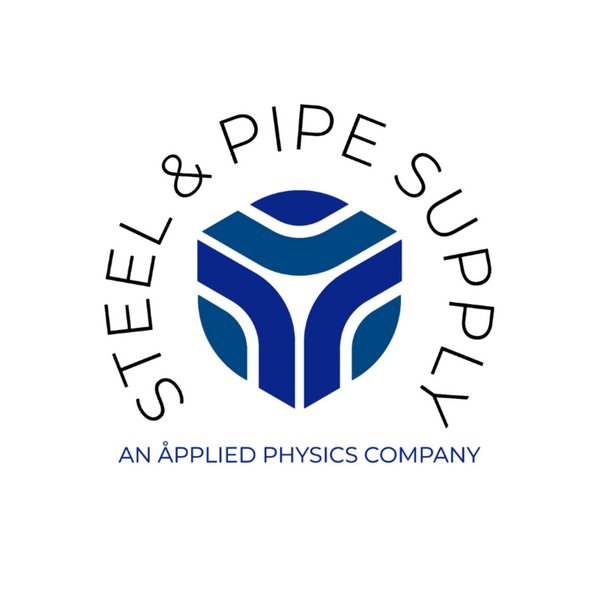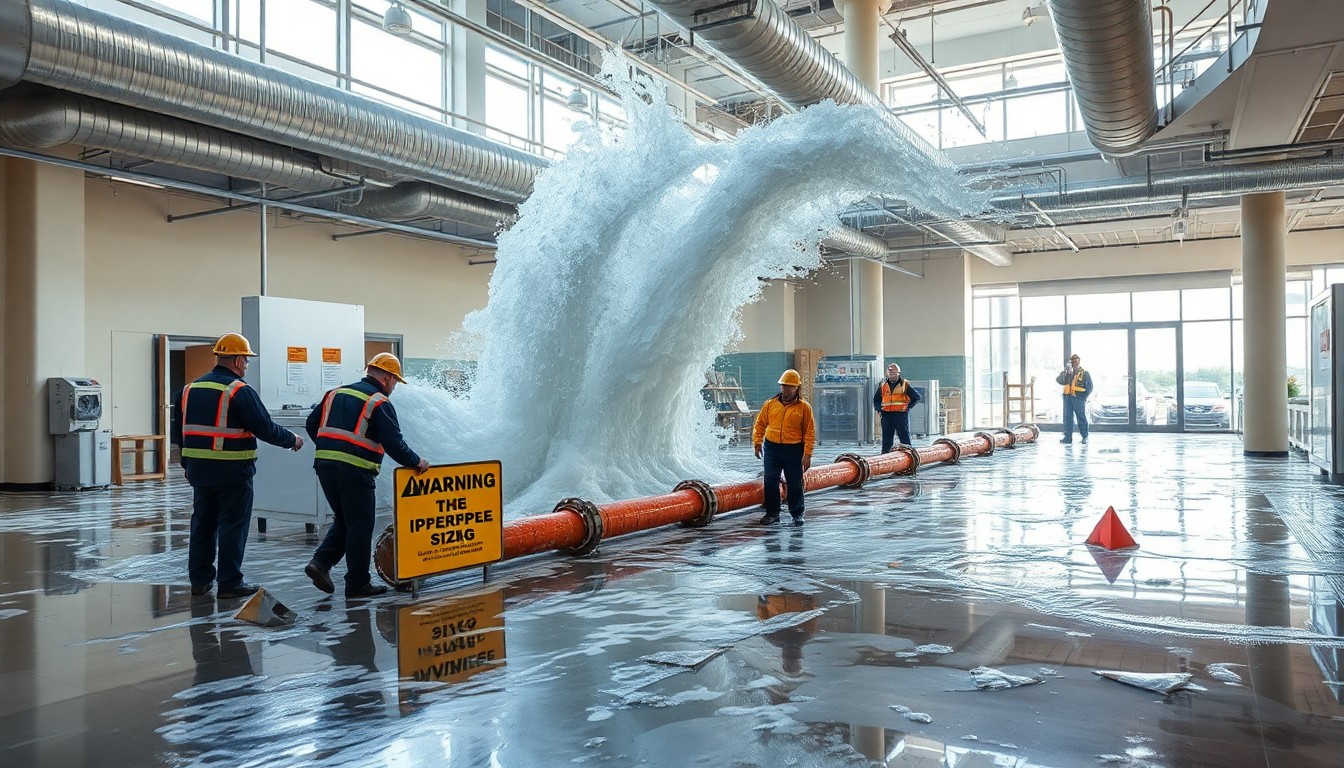
Fatal Pipe Mistakes That Could Cost You Everything
Share
Introduction
Neglecting regular pipe maintenance can lead to a cascade of problems that may escalate into costly repairs and significant property damage. Over time, pipes can accumulate debris, corrosion, and mineral buildup, which can restrict water flow and lead to leaks. For instance, a small leak that goes unnoticed can gradually worsen, resulting in water damage to walls, ceilings, and flooring.
This not only compromises the structural integrity of a home but can also create an environment conducive to mold growth, posing health risks to the inhabitants. Moreover, ignoring maintenance can result in more severe issues such as burst pipes, especially during extreme weather conditions. In colder climates, water trapped in pipes can freeze and expand, leading to cracks and ruptures.
The aftermath of such incidents often involves extensive repairs and restoration efforts, which can be financially burdensome. Regular inspections and maintenance can help identify potential issues early on, allowing homeowners to address them before they escalate into major disasters.
Key Takeaways
- Ignoring pipe maintenance can lead to catastrophic failures and costly repairs.
- Common pipe installation errors, such as improper sealing and incorrect slope, can cause serious problems.
- DIY pipe repairs can be risky and may lead to further damage if not done correctly.
- Neglecting pipe inspections can result in undetected issues that may lead to major failures.
- Improper pipe sizing can lead to disaster, including reduced water pressure and potential leaks.
Common Pipe Installation Errors to Avoid
Alignment Errors Can Lead to Serious Consequences
One common error is improper alignment during installation. Pipes that are not aligned correctly can create stress points that may lead to leaks or even complete failure over time. For example, if a pipe is installed at an incorrect angle, it may not drain properly, leading to stagnant water that can cause corrosion and other issues.
Incompatible Materials Can Cause Chemical Reactions
Another frequent mistake is the use of incompatible materials. Different types of pipes, such as PVC, copper, and galvanized steel, have distinct properties and should not be mixed without proper fittings. Using incompatible materials can lead to chemical reactions that weaken the pipes and result in leaks.
Importance of Following Local Building Codes and Consulting Professionals
Failing to follow local building codes during installation can lead to serious safety hazards and legal repercussions. Homeowners should always consult with professionals to ensure that installations are performed correctly and in compliance with regulations. This can help prevent costly repairs, ensure the safety of occupants, and provide peace of mind.
Understanding the Risks of DIY Pipe Repairs
While DIY projects can be rewarding, attempting to repair pipes without adequate knowledge and experience can be fraught with risks. Many homeowners underestimate the complexity of plumbing systems and may inadvertently cause more harm than good. For instance, a simple leak repair might seem straightforward, but if the underlying issue is not addressed—such as a corroded pipe or faulty joint—the problem is likely to recur, leading to further damage.
Additionally, improper repairs can result in significant safety hazards. For example, if a homeowner attempts to fix a gas line without proper training, they could create a dangerous situation that puts their family at risk. Even minor mistakes in plumbing repairs can lead to water damage or mold growth, which may require professional intervention to rectify.
It is often more prudent to hire a licensed plumber who has the expertise to diagnose and resolve issues effectively.
The Consequences of Neglecting Pipe Inspections
| Consequences | Impact |
|---|---|
| Increased risk of leaks | Higher potential for water damage and mold growth |
| Reduced pipe lifespan | More frequent need for costly replacements |
| Decreased water quality | Potential health hazards and water contamination |
| Higher maintenance costs | More frequent repairs and maintenance expenses |
Regular pipe inspections are essential for maintaining the health of a plumbing system. Neglecting these inspections can lead to undetected issues that worsen over time. For instance, small leaks may go unnoticed until they cause significant water damage or mold infestations.
Furthermore, older pipes are particularly susceptible to deterioration; without routine checks, homeowners may find themselves facing unexpected failures that could have been prevented. The financial implications of neglecting inspections can be substantial. Emergency repairs often come with a premium price tag compared to scheduled maintenance.
Additionally, the costs associated with repairing water damage or mold remediation can far exceed the expense of regular inspections. By investing in routine assessments of their plumbing systems, homeowners can save money in the long run while ensuring the safety and comfort of their living spaces.
How Improper Pipe Sizing Can Lead to Disaster
Pipe sizing is a critical aspect of plumbing design that is often overlooked. Using pipes that are too small for the intended flow rate can lead to increased pressure and potential ruptures. Conversely, oversized pipes may result in inadequate water pressure and inefficient drainage.
For example, a home designed for high water usage with undersized pipes may experience frequent clogs and backups, leading to frustration and costly repairs. Moreover, improper sizing can affect the overall efficiency of a plumbing system. Inadequate pipe dimensions can lead to increased energy costs as pumps work harder to move water through the system.
This inefficiency not only impacts utility bills but also shortens the lifespan of plumbing components. Homeowners should consult with professionals during the design phase of their plumbing systems to ensure that all pipes are appropriately sized for optimal performance.
Recognizing the Signs of Potential Pipe Failures
Being vigilant about the signs of potential pipe failures can save homeowners from significant headaches down the line. Common indicators include unexplained increases in water bills, damp spots on walls or ceilings, and unusual sounds such as gurgling or hissing from pipes. These symptoms often signal underlying issues that require immediate attention.
For instance, a sudden spike in water usage may indicate a hidden leak that needs to be addressed before it escalates into a more serious problem. Additionally, homeowners should be aware of changes in water quality or pressure. Discolored water or a sudden drop in pressure can indicate corrosion or blockages within the plumbing system.
Regular monitoring of these signs allows for timely intervention and helps prevent catastrophic failures that could result in extensive damage and costly repairs.
Protecting Your Home and Family from Catastrophic Pipe Failures
To safeguard against catastrophic pipe failures, homeowners should adopt a proactive approach to plumbing maintenance and care. This includes scheduling regular inspections with qualified professionals who can identify potential issues before they become serious problems. Implementing preventive measures such as insulating pipes in colder climates can also help mitigate risks associated with freezing temperatures.
Furthermore, educating family members about the plumbing system and encouraging responsible usage can contribute significantly to preventing disasters. Simple practices like avoiding flushing non-biodegradable items down toilets or being mindful of what goes down kitchen drains can reduce the likelihood of clogs and backups. By taking these steps, homeowners can protect their property and ensure a safe living environment for their families while minimizing the risk of costly plumbing emergencies.
Conclusion
Pipe-related mistakes, such as incorrect installation, using incompatible materials, or neglecting regular maintenance, can lead to severe consequences. These errors may cause leaks, water damage, and even structural issues in a building, resulting in costly repairs. Ensuring proper installation and maintenance is essential to prevent such disasters. Regular inspections and using the right materials can safeguard your property and finances.

